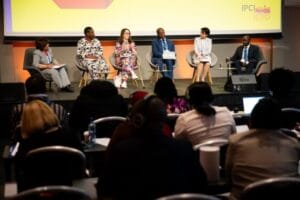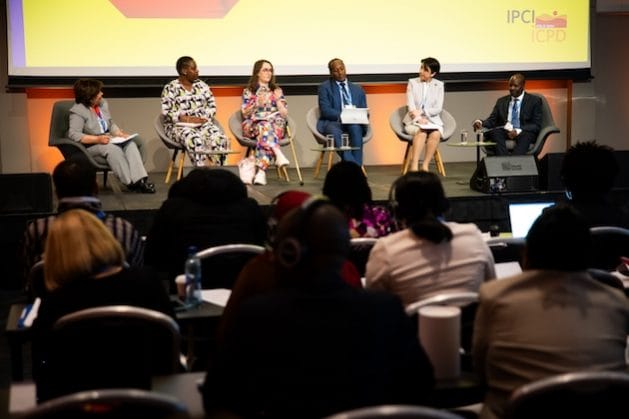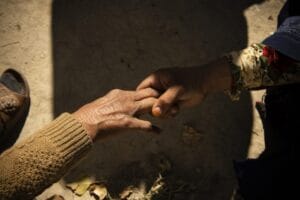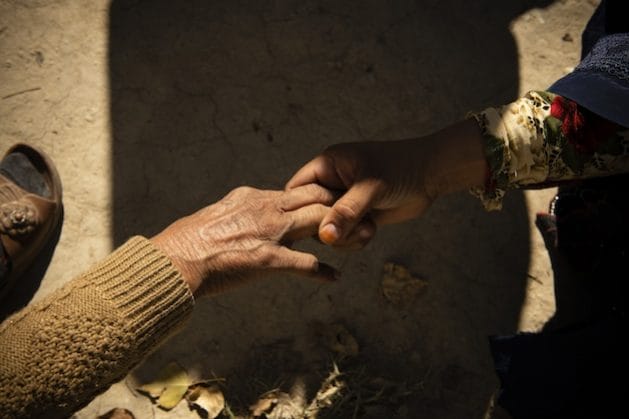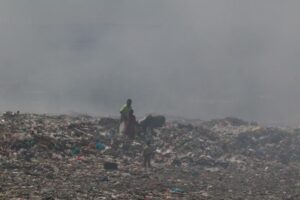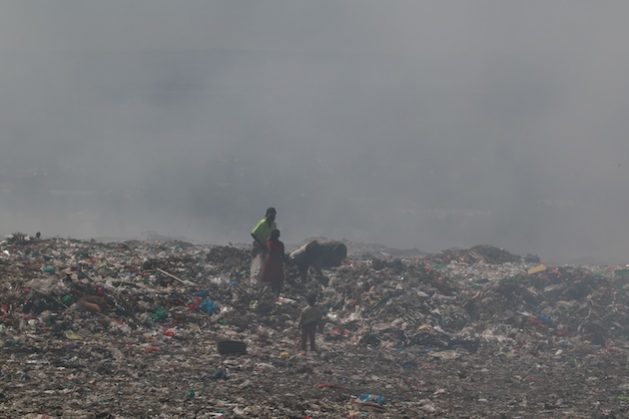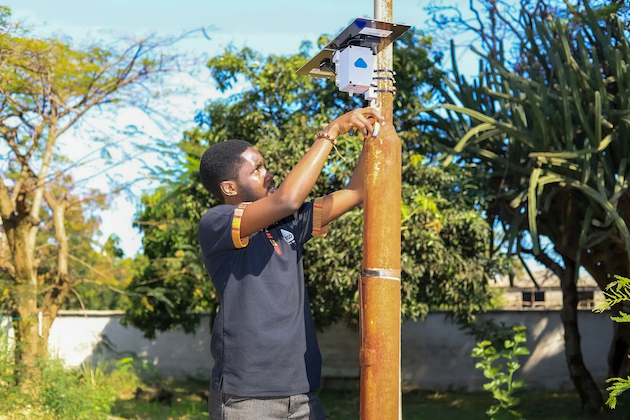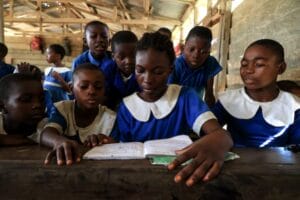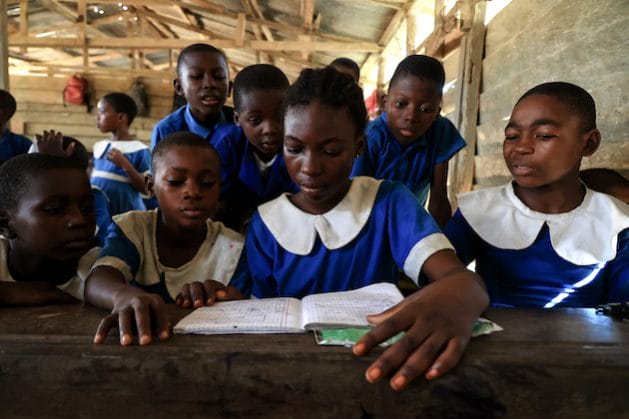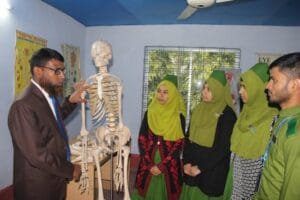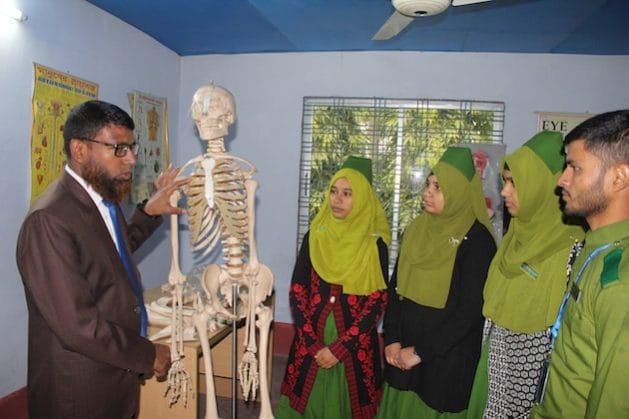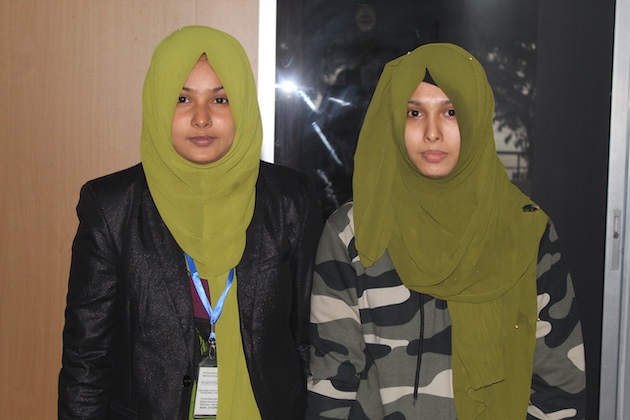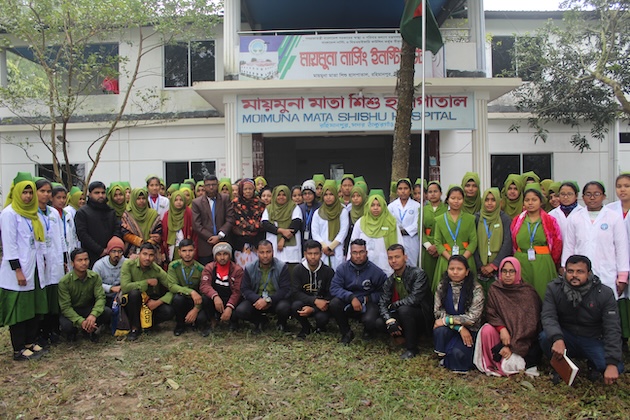
Asia-Pacific, Civil Society, Development & Aid, Featured, Gender, Gender Identity, Headlines, Health, Human Rights, Humanitarian Emergencies, LGBTQ, Sustainable Development Goals, TerraViva United Nations
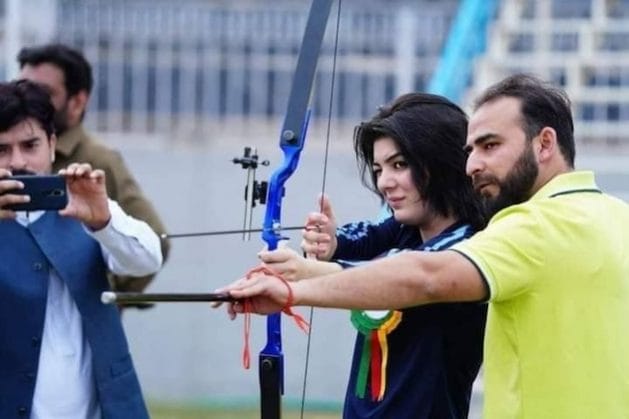
The community frequently targets transgender people. Now they are able to welcome new measures that mean they will be able to safely access health care. Credit: Yusufzai Ashfaq/IPS
– Transgender people and civil society organizations have welcomed the decision of the chief minister in Khyber Pakhtunkhwa, Pakistan, to allocate separate rooms in hospitals for the transgender community so they can avail themselves of uninterrupted healthcare.
“We demand that all provinces follow suit and announce facilities for more than 500,000 transgender people in the country,” Farzana Shah, president of the Khyber Pakhtunkhwa (KP) Transgender Association, told IPS.
On April 6, KP Chief Minister Ali Amin Khan Gandapur announced separate rooms for transgender persons in public hospitals after complaints that they aren’t getting admissions because they face violence in the facilities.
“In the last year, about 47 transgender people have died because of violence, and 90 have been injured. Many injured transgender people die due to delayed treatment. In most cases, we can’t get healthcare at hospitals,” Shah, 40, said.
The Chief Minister’s directives to reserve rooms have received a positive response.
Members of a delegation of transgender people who recently met him quoted Gandapur as saying, “Provision of better health facilities to transgender persons in the province is our priority. We will help the underprivileged community.”
Arzoo Khan, a social activist, is overwhelmed.
“In all 38 district-level hospitals, we now have a separate room. Previously, the hospitals denied admission to our colleagues,” Khan said.
“The problem we face is that most transgender people have been deserted by their families because of social repercussions. People look down on transgender people.”
“We don’t have anyone to help us; therefore, the government’s support is a highly welcome step,” Khan said.
In addition to the allocation of space, the government also provided land for a separate graveyard for transgender people.
Civil society activist Jamal Khan said that there are several instances when the local communities have denied the burial of eunuchs because they don’t consider them Muslims.
“They earn their livelihoods through dancing at marriage parties and on other festive occasions where they have social acceptability,” he said. “The allocation of separate hospitals’ rooms and land for graveyards are really commendable measures that will lead to the protection and respect of transpeople.”
Transgender people are often deprived of last rituals, like giving them baths and performing their funerals after deaths.
Sobia Khan, another leader, said they are deeply vulnerable and subject to abuse and violent attacks, despite being a cheap source of entertainment.
“Some transgender people also have HIV/AIDS and other potentially fatal diseases for which they need continuous medication,” Sobia said.
The attitude of the police towards the group was also bad, she added
“More often than not, police beat up our members; they pull them by their collars and drag them into the streets.”
Khan claimed that her parents have been excluding her for the past ten years.
“Peshawar, the capital of KP, is home to 9,000 transgender persons; most of them have lost connections with their families and they were regarded as sinners and hence ditched by near and dear ones,” Sobia said.
Where the group was targeted by violence, the perpetrators were seldom brought to justice, which emboldens others to mistreat transgender people.
“Sexual harassment of trans people is a common sight. Everyone thinks that we are sex workers, which is untrue because we only dance. Many are raped,” she said.
Police officer Rahim Shah told IPS that many transgender people were invited to marriage parties where they danced for money.
Shah claimed that upon their return from the performance at night, robbers targeted them and killed or injured those who attempted to resist.
“In cases of murder or transgender injuries, their family members don’t come to receive dead bodies for burial or look after the wounded in hospitals,” he said. Their problems are complex, as they neither enjoyed respect in the community nor in their families.
Sumaira Shah, 29, narrates her ordeal after running away from home.
“My family was staunchly opposed to dancing and my father and brothers used to beat me every day, forcing me to quit dancing as it was a source of dishonoring the family but it was my fashion,” she said.
“Sick of daily taunts and beatings, I ran away from my native Swat district to Peshawar when I was just 14,” she said. Since then, I haven’t seen any of my relatives. Shah said she welcomed the hospital room policy.
“A month ago, a hospital in Peshawar sent me back home with some medicines despite having a high fever,” she said.
She said, “People frequently threaten me when I decline their offer for sex relations, and I’m afraid because many of our seniors have died at the hands of gangsters when they didn’t comply with their demand for illicit relations.”
Social rights activist Pervez Ahmed appreciates the government’s new initiatives.
He claimed that this was the first time the government had made an effort to safeguard the health of those who had lost their parents’ support and faced harsh rejection from the community.
Ahmed said that the government has already included transgender people in a free health insurance program, under which they can avail themselves of USD 12,000 per year.
IPS UN Bureau Report

